Great Smoky Mountains National Park is the most visited national park in the United States. With miles of hiking trails and several scenic drives, you’ll find lots of things to do at this national park. But, because the park gets so many visitors, it’s important to be prepared. So, in this Great Smoky Mountains itinerary, I’m going to lay out a two day itinerary for exploring the national park.
This Great Smoky Mountains itinerary will help you see some of the best things the park has to offer, but also escape the crowds.

Beating the Crowds Great Smoky Mountains National Park
No matter if how long of a Great Smoky Mountains itinerary you’re planning, you need to think about the crowds.
The crowds at Great Smoky Mountains National Park are no joke. I’ve visited numerous national parks in the United States, including parks that are ranked as the top 10 most visited parks, and I’ve never seen crowds like this. You need to be prepared.
Great Smoky Mountains National Park sees nearly 13 million visitors every year. That’s more than the next three parks’ visitor numbers combined. Plan ahead and just accept that you will likely be sharing the trail with other travelers (although we’ll do our best to avoid crowds when possible).
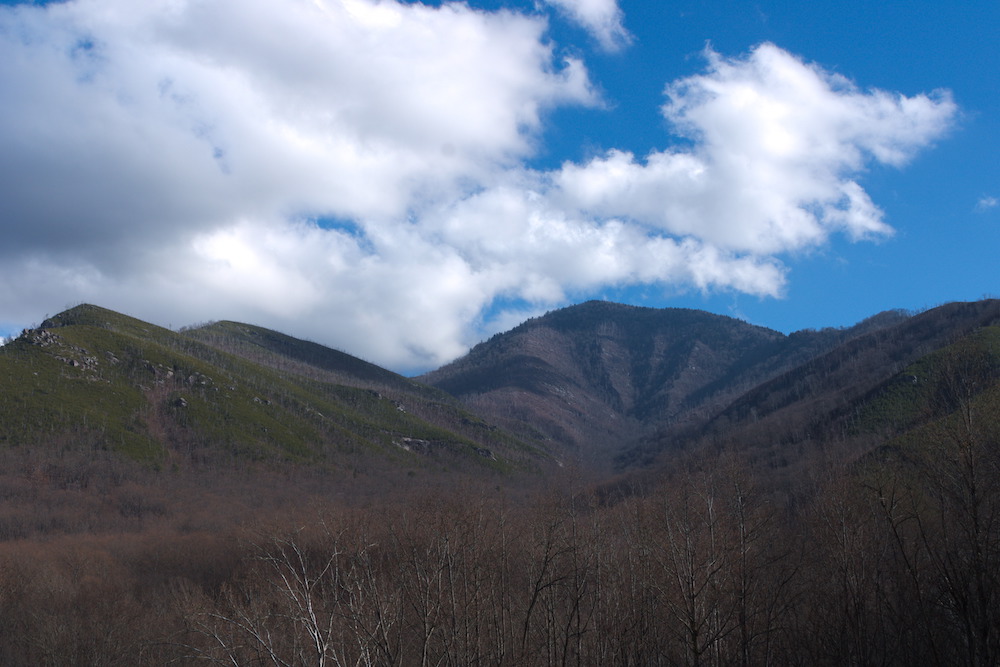
Two Day Great Smoky Mountains Itinerary
Enough of the logistics (we’ll cover a few more at the end). Let’s get into this Great Smoky Mountains itinerary.
Day 1 – An Intro to Great Smoky Mountains National Park
Today we’ll be tackling a scenic drive, as well as two introductory hikes (with options for more). We’ll be visiting Cataract Falls, Laurel Falls, and driving to Newfound Gap. If you still have energy after, I’ll give you some other ideas for some hikes you can add on.
Our two main hikes today are Cataract Falls and Laurel Falls. Both are busy trails, so I recommend getting an early start.
We’re starting with Laurel Falls. This trail will be busy (it was the busiest out of all of the trails I hiked at Great Smoky Mountains National Park), but my hope is by starting early, the crowds are more manageable for you.
Laurel Falls is a pretty easy trail. While it climbs steadily uphill, I never found it to be too steep. Plus, most of the trail is paved, although the quality of the pavement changes throughout the trail. Your reward for hiking the trail is a waterfall, the first of many that we’ll see at Great Smoky Mountains National Park. Give yourself about an hour for the trail, although fast and fit hikers will likely go faster.

From Laurel Falls, we’re going to head to the Sugarland Visitor Center. Here, you can talk with rangers to check conditions about future trails. I recommend asking their advice for Cades Cove, which you’ll do tomorrow. The Cades Cove scenic drive is packed, so ask the rangers for their advice to beat crowds. If their advice differs from this Great Smoky Mountains itinerary, follow the ranger’s advice. The traffic on Cades Cove can be insane.
While at the Visitor Center, stop and hike the short trail to Cataract Falls. It starts just behind the Visitor Center, but since it’s right at the Visitor Center, expect to share the trail with other hikers. However, this is an easy trail. In fact, I think it’s the easiest on this list. The waterfall isn’t as impressive as Laurel Falls, but you’re here and it’s a popular trail, so see what all the fuss is about.
Ok, we’re going to take a break from hiking and take a scenic drive. Jump in your car and start heading for Newfound Gap. This is the highest point at Great Smoky Mountains National Park. The views from the road are great, but take time to stop at some of the pullouts to get a few pictures. Allow the driver time to take in the views without focusing on the road.
When you reach Newfound Gap, don’t be surprised if you find a massive crowd of tourists. When we visited, it was so packed that parking was a nightmare. It took us almost twenty minutes to crawl through the parking lot. Because of all of the chaos, we didn’t actually stop at Newfound Gap (although I jumped out to get a photo). Even if you don’t stop at Newfound Gap, I think the drive up here is still worth it.
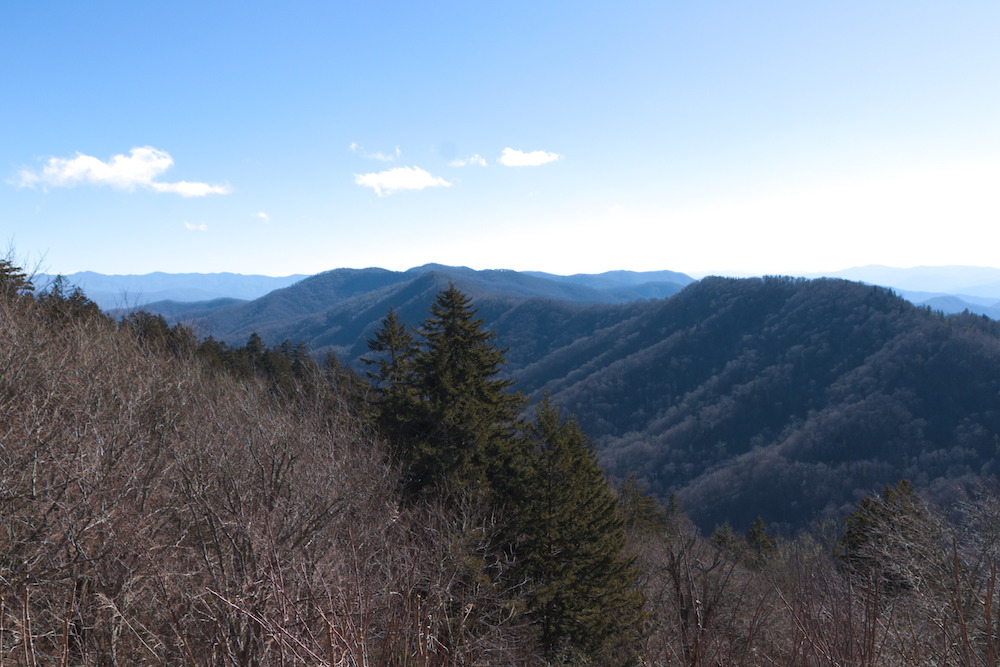
From here, you have a choice to make. How are you going to spend the rest of your day? While the choice is entirely yours, here’s a few suggestions.
Option 1 – Continue the scenic drive. The drive does not end at Newfound Gap and you can continue on into North Carolina. Drive as far as you wish, but just remember, that you do need to make it back before the end of the day. If you do make it all the way to North Carolina, there’s a series of three waterfalls that you can visit. The loop between the three falls only takes 2.5 miles.
Option 2 – Stick on the Tennessee side of Great Smoky Mountain National Park and stop by a lesser visited area of the park for some more hiking. This is ideal for people who love hiking but need a break from all of the crowds. Head to the Greenbrier area where you can hike the Porters Creek Trail to Fern Branch Falls. The full Porters Creek Trail is eight miles, but it’s only a four mile round trip hike if you stop at Fern Branch Falls. In the area, there’s also Ramseys Cascades, but as that is an eight mile hike, that seems a bit excessive for today.
Option 3 – Take a break from Great Smoky Mountains National Park. Pigeon Forge and Gatlinburg are tourist hotspots and have every business imaginable catering to tourists. Go to a dinner show, mini golf, go cart, do some shopping, visit an aquarium, and so much more.
Regardless of how you choose to spend your day, you’ll need to get another early start tomorrow so keep that in mind. Don’t stay up too late.

Day 2 – Cade’s Cove and Abrams Falls
We’re returning to Great Smoky Mountains National Park early in the morning. The goal for today is to hike to Abrams Falls, which is a five mile hike that takes you to a powerful waterfall. This was by far my favorite waterfall out of all of the waterfalls I visited at Great Smoky Mountains.
While Abrams Falls can be an emptier trail (compared to Laurel Falls and Cataract Falls from yesterday), you need to jump on to the Cades Cove scenic loop to reach the trail. And the problem is the Cades Cove scenic loop is one of the busiest areas of the park. At the advice of a ranger, we joined the line to enter the scenic loop at sunrise and even then, it was packed. Expect to slowly crawl down this road as you try to make your way through the trailhead.
I did mention that this is a scenic loop, but quite honestly, I wasn’t super impressed. I found the drive to Newfound Gap to be much more impressive. Still, Cades Cove is listed as a scenic loop and it shows up on many lists of the best scenic drives of US National Parks. Obviously some people like it but I personally think that it’s overrated.
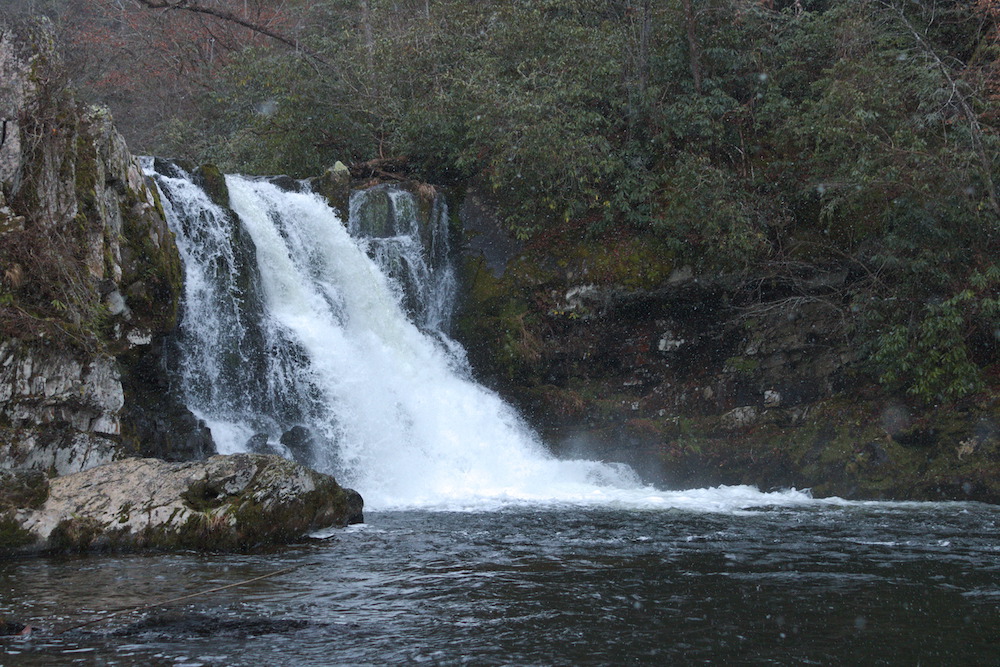
Despite my feelings on Cades Cove, I really enjoyed my hike to Abrams Falls which is why I’m putting in on this list. And since we’re going to Abrams Falls, we have to drive Cades Cove. Pack your patience. Your reward is a five mile out and back trail to a powerful waterfall. And if you start your day very early (getting to the start of the Cades Cove loop at sunrise), you have the potential to have the trail almost entirely to yourself.
After your hike, it’s your choice on how to spend the rest of your day. You could continue hiking and visit some of the waterfalls you didn’t visit yesterday. Or, if you’re sick of hiking, head back to Gatlinburg or Pigeon Forge to relax.
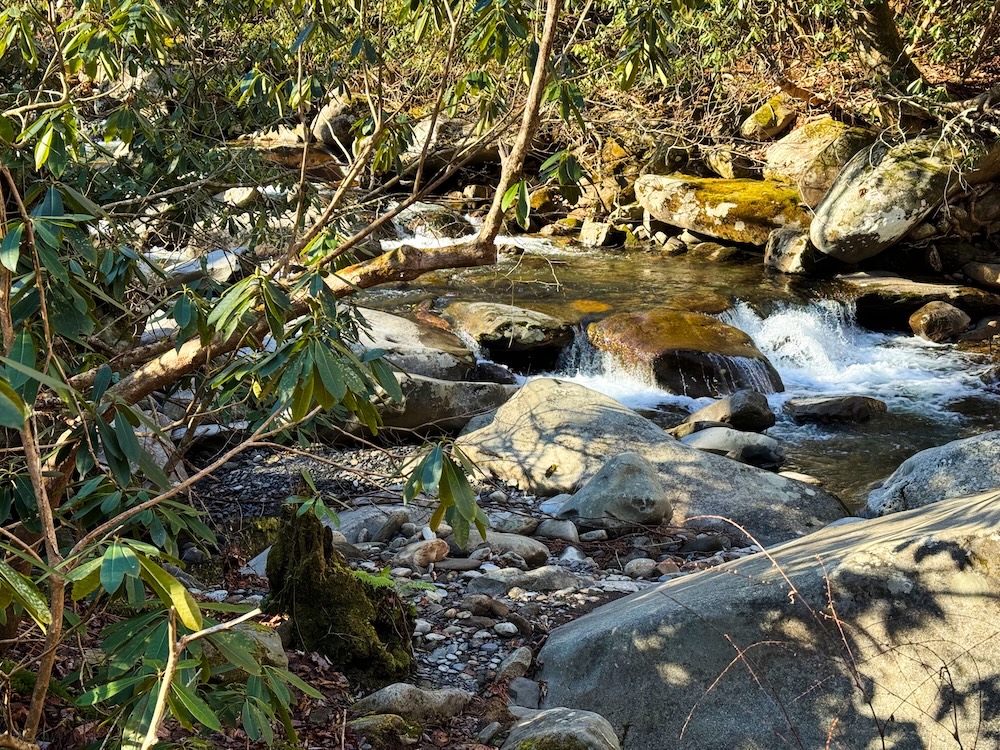
Parking at Great Smoky Mountains
While the entry to Great Smoky Mountains is free, you do need to have a valid parking pass. Parking used to be free, but March 2023 saw the introduction of the “Park It Forward” program. So now, visitors must pay to park anywhere at Great Smoky Mountain National Park. Whether you are at a visitor center, an overlook, or a remote trailhead, you must have a valid parking permit.
Permits can be purchased from automated vending machines throughout the park. You’ll find them at Visitor Centers and other high trafficked areas.
The parking fee is $5 per vehicle per day, or $15 per vehicle per week. As a note, the pass is not transferable and is tied the license plate of your vehicle. Before you go to one of the machines, make sure you know the license plate (especially if you’re driving a rental car!).
It is important to note that any inter-agency pass, such as the America the Beautiful pass, does NOT cover the parking fee. Even if you have an America the Beautiful (or similar pass), you will need to purchase a parking permit from one of the machines.
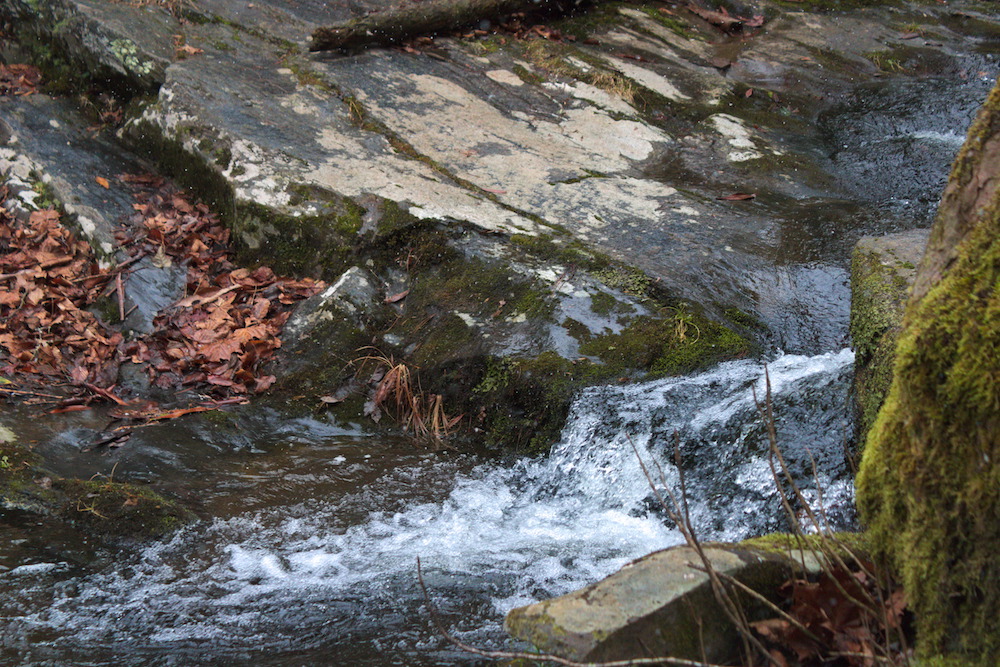
When to Visit Great Smoky Mountains National Park
Great Smoky Mountains National Park can be visited all year round. Summers can be down right hot. In addition, the summer months are the busiest. I visited in December (between Christmas and New Year’s). The weather varied dramatically, from snow flurries at Abrams Falls to beautiful sunshine at Fern Branch Falls.
However, just as important as the weather is crowd management. Great Smoky Mountains National Park is the most visited national park in the United States with nearly 13 million visitors per year. Some areas of the park feel downright overcrowded. But, for those looking to avoid crowds, pick lesser traveled trails. My hikes at Abrams Falls and Fern Branch Falls felt much less traveled and it was easy to forget we were in the country’s most visited national park. We passed a handful of people, but it was completely manageable. Cataract Falls and Laurel Falls were outrageously busy.
For those looking for a balance between good weather and crowds, I’d look to late spring or in fall.
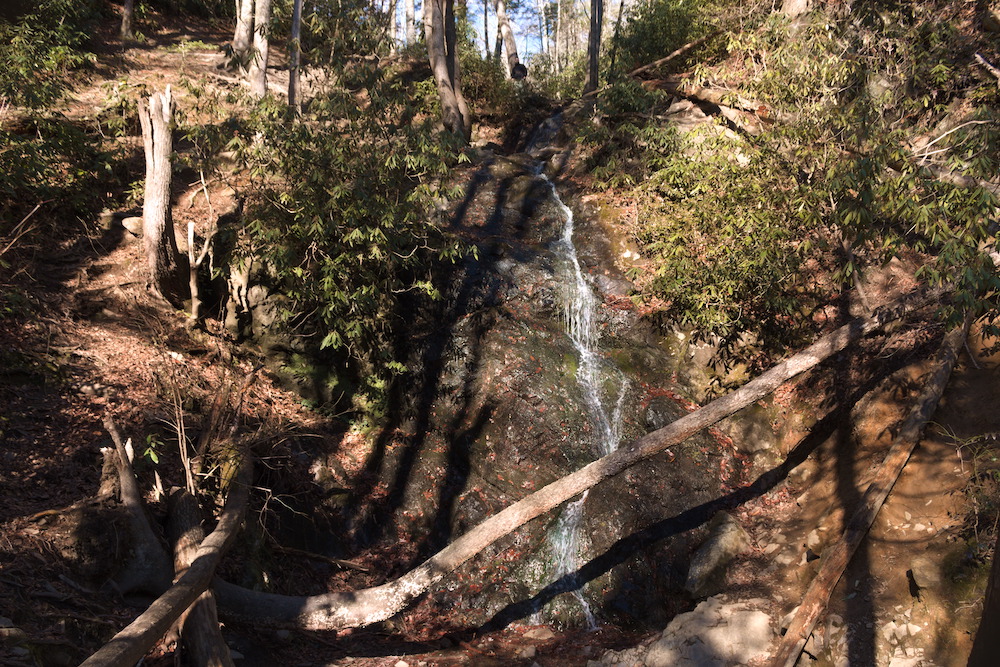
Where to Stay
Great Smoky Mountains National Park straddles the Tennessee – North Carolina state line. Your exact location should be based on what specifically interests you, so you can cut down on your driving.
For many tourists though, the towns of Gatlinburg, Pigeon Forge, and Sevierville in Tennessee make great bases. Gatlinburg and Pigeon Forge specifically are massive tourist towns and traffic can be outrageous. My advice is to get an early start to try to beat the traffic. It’s no joke.
Final Thoughts
Great Smoky Mountains National Park is beautiful and I think worth a visit. Is it my favorite national park in the United States? No, but with proper planning, I think it can be a very enjoyable visit. With this two day Great Smoky Mountains itinerary, you’re sure to have a good time.
Continue Your Adventure
Great Smoky Mountains: Take your pick of one of the many waterfall hikes. For a longer hike with fewer people, check out the Porters Creek Trail. Plus, learn all about driving Cades Cove. And if you’re still looking for more, check out my list of the best things to do at Great Smoky Mountains National Park. I’ve also put together a Great Smoky Mountains Travel Guide that has everything you need to start planning your trip.
Nearby: Across the North Carolina state line, you’re close to the city of Asheville which is home to the Biltmore estate.
US National Parks: Start planning your national park vacation with my US National Park Travel Guide. You’ll find information about each park, photos, itineraries, budget tips, advice for non-hikers, the best scenic drives, and more. Plus, don’t forget to book your timed entry reservations in advance!
